 Jaizkibel seen from St Jean de Luz looking over Socoa
Jaizkibel seen from St Jean de Luz looking over Socoa  Hondarribia to Pasaia
Hondarribia to Pasaia I didn't know anything about Paradors. In our ten years together, Karen never mentioned that she had stayed in many when she lived in Spain. Paradors are luxury hotels owned by the Spanish government which are located in old castles, monasteries, estates, and other exotic buildings. They were built by the government to encourage the economies of out-of-the-way places. I found a site with a map of the Spanish Paradors and clicked on several to get descriptions of the properties as well as things to do in the surrounding areas. Karen and I will definitely be visiting a few of these (particularly in Galicia and out near the border with Portugal).
During most of our hikes in the Pyrenees, we've encountered wild horses called Pottoks. They are small and very tough-looking. As we climbed, we encountered a group of horses, including a foal, but we weren't sure if they were wild or not.
Three and a half miles into the hike, we decided to stop for lunch at one of the ruined lookout posts similar to the one near the Parador. We set up our lunches and of course, it began to rain, hard. We wolfed down as much as we could under the improvised shelter of our rain jackets and decided it might be a good idea to head back. Fortunately, about a mile later, the rain eased up and we got a few sunny breaks.
We also encountered some interesting rock formations with large hollows in them. Martine explained that these volcanic rocks were formed with glass balls inside. As the rocks erode, the balls become exposed, fall out, then eventually roll all the way to the ocean.
Although Les Trois Couronnes and La Rhune are still the most imposing peaks of the coastal Pays Basque, if you're in the area you should consider a hike at Jaizkibel too.
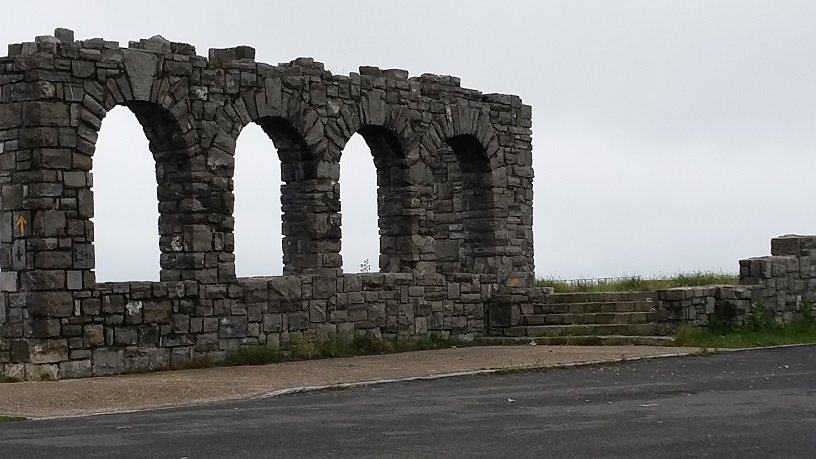



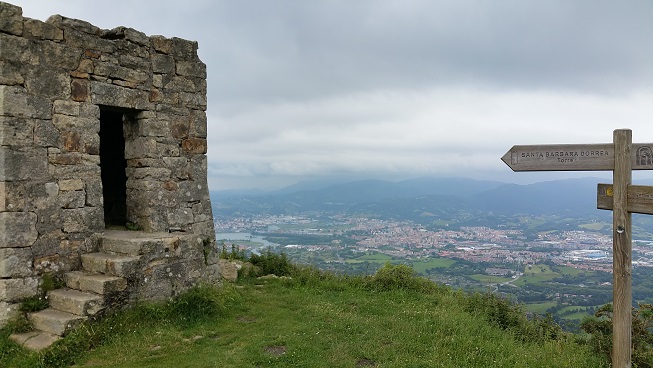


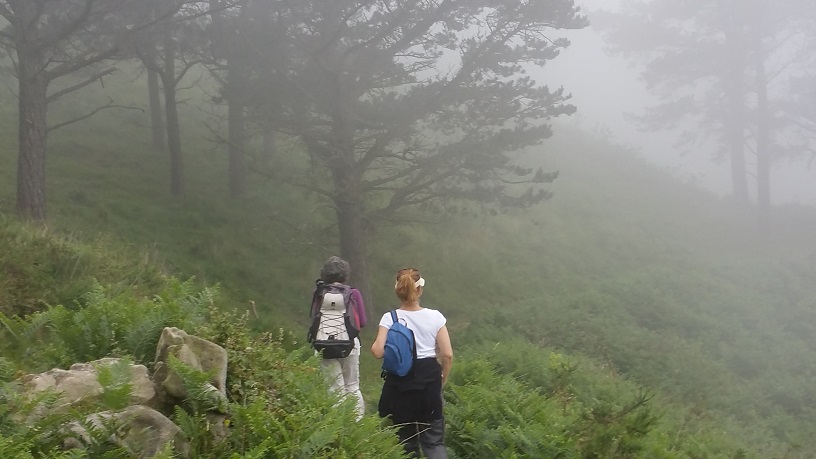


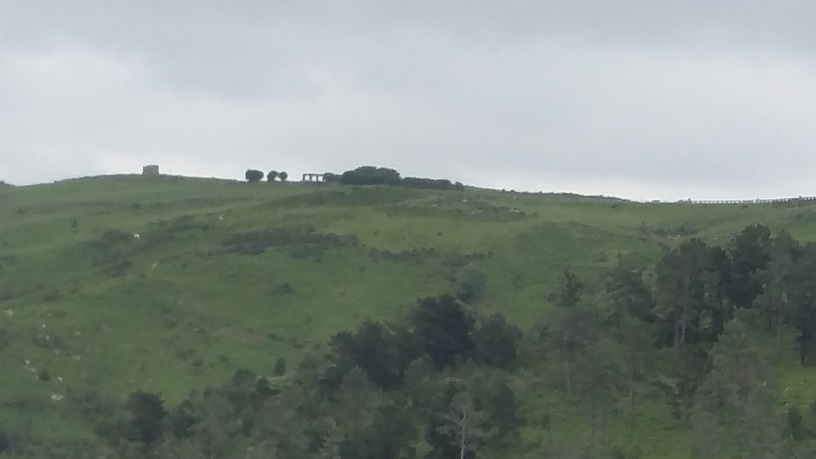
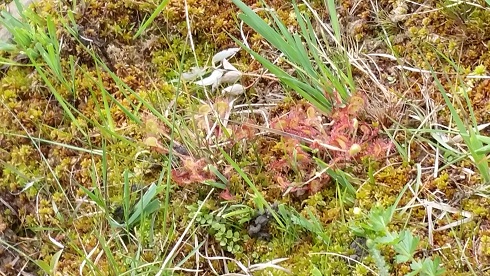

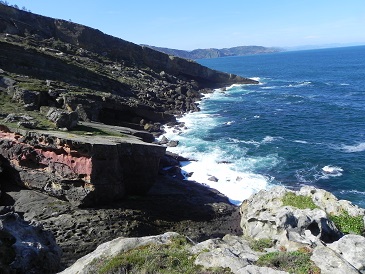

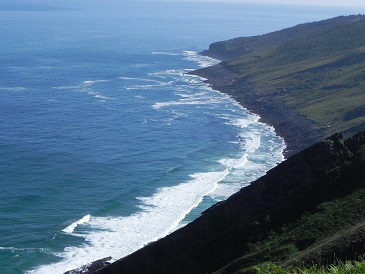




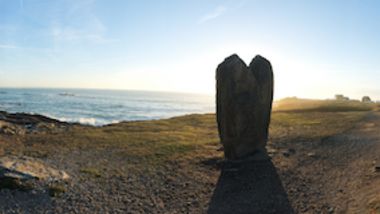

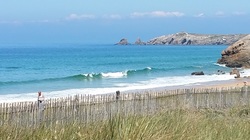


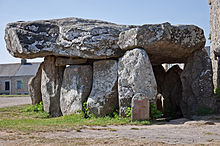
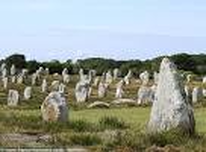

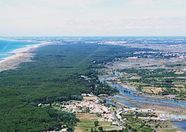



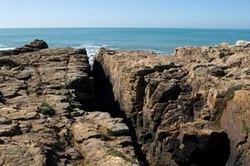

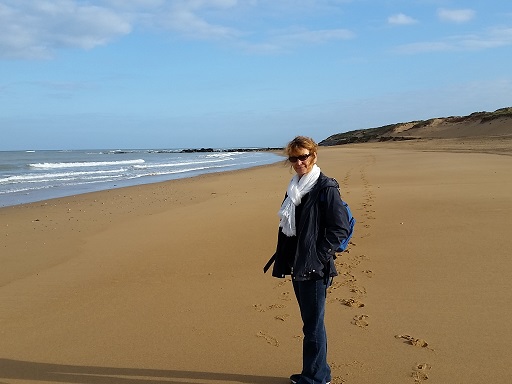
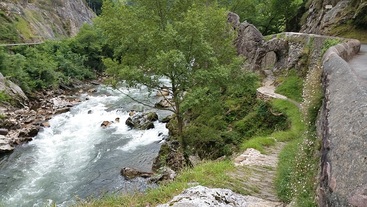

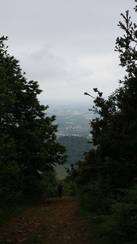


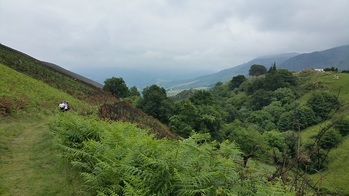






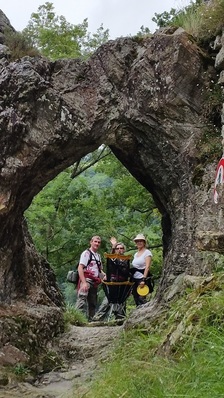
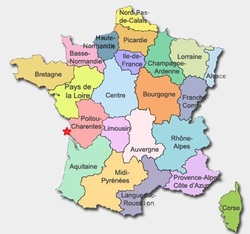


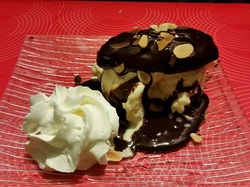
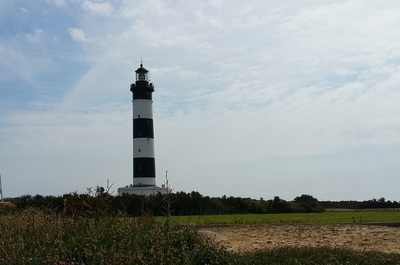
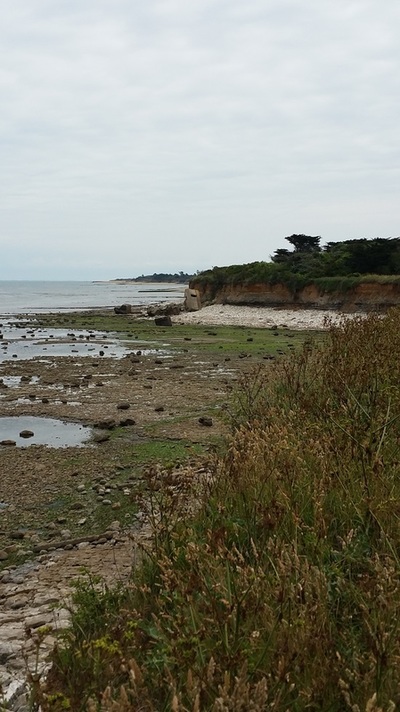


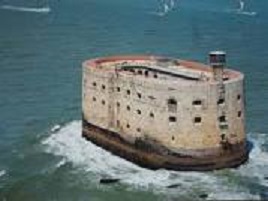

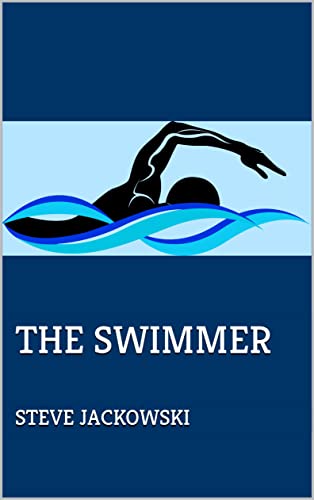
 RSS Feed
RSS Feed